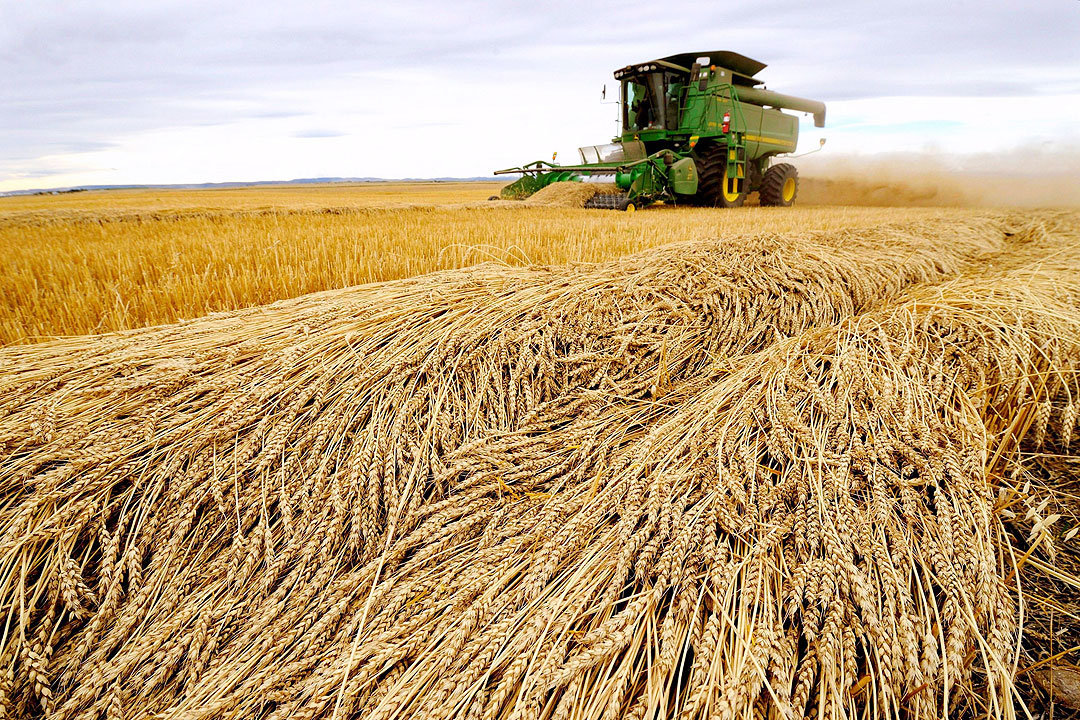
NEGOTIATIONS for a free trade agreement (FTA) between Canada and the Association of Southeast Asian Nations (ASEAN) are proceeding slowly, with an extension deemed possible beyond the timeline of the end of 2025, the Department of Trade and Industry said.
Bureau of International Trade Relations Director Marie Sherylyn D. Aquia said that among the country’s key interests under the ASEAN-Canada FTA (ACAFTA) is the facilitation of economic growth.
“Based on the results of the joint feasibility study, there will be an increase in Philippine gross domestic product by 2.63%, resulting from improved market access, the reduction in non-tariff measures, and improvements in trade facilitation,” she said at a public consultation organized by the Tariff Commission.
The FTA is also expected to attract more investment from Canada and to improve Philippine penetration of Canadian markets.
“We think that an FTA with Canada will provide a stable and predictable legal regime and business environment, including preferential treatment for Canadian businesses, which would help facilitate the flow of Canadian investment into our country,” Ms. Aquia said.
She also added that the Philippines hopes through ACAFTA to retain the concessions granted to the Philippines under Canada’s General Preferential Tariff (GPT) scheme.
“Right now, the Philippines receives preferential tariffs from Canada under the GPT… subject to certain conditions and criteria. And the Philippines intends to maintain these concessions through ACAFTA and secure preferential treatment,” she said.
She described the progress of the ACAFTA negotiations as slow, with only 3% of the text agreed upon after nine rounds of negotiations since 2023.
“While the goal is to substantially conclude the negotiations by 2025, there are ongoing deliberations about whether an extension will be needed to resolve remaining issues and ensure a comprehensive agreement,” Ms. Aquia said.
“In terms of the progress on chapters, as of now, there has been no substantial conclusion on all the chapters of the agreement, with certain areas still requiring further clarification and alignment among all the parties,” she added.
Meanwhile, market access offers are expected to be presented in the second quarter of the year, which will allow ASEAN countries and Canada to propose tariff reductions, market openings, and other trade benefits for key industries.
“In the remaining round of negotiations, there are three rounds left for 2025, and negotiators are aiming to finalize all the key issues to bring the agreement closer to completion,” she said.
“The progress has been slow, but the momentum has been picking up. Hence, there is movement on the market access offers,” she added.
Canada was the 20th largest trading partner of the Philippines last year.
“As of 2024, Canada accounts for approximately 0.8% of the Philippines’ total exports and 0.7% of its total imports,” she said.
“While these figures may seem modest, they reflect a stable and growing trade partnership with opportunities for expansion through deeper economic operations and potential trade agreements,” she added.
The top Philippine exports to Canada are ignition wiring sets for vehicles, electronic integrated circuits, vacuum cleaners, machines for the reception, conversion, and transmission of voice, and static converters.
Meanwhile, the top Philippine imports from Canada are precious metal ores and concentrates, copper ores and concentrates, frozen meat of swine, wheat and meslin, and frozen hams.
Within ASEAN, Vietnam is the largest exporter to Canada, and the Philippines sixth.
“As you well know, Vietnam is also a competitor to the Philippines. Hopefully, through the ACAFTA, we will also be able to get a share of some of the exports,” she added.
She said the agreed base rate is the most favored nation rate in 2023, under which Canada has a total of 7,260 tariff lines, of which 2,516 involve Philippine exports.
Some 1,461 tariff lines are duty-free, 44 are levied a specific tariff, 646 are levied less than 10% tariffs, and 365 are levied tariffs of between 10% and 20%. These lines exclude goods shipped under the GPT scheme.
Meanwhile, the Philippines has 11,612 tariff lines, with 2,568 covering imports from Canada.
Federation of Free Farmers National Director Raul Q. Montemayor said that the Philippines should keep competition in mind while negotiating for ACAFTA.
“When we negotiate for tariff concessions… any concession that we get is also a concession for our competitors. They will enjoy the same tariff treatment as what we enjoy under this negotiation,” Mr. Montemayor said.
“We might get a very low tariff for a certain commodity that we want to push, but that tariff rate will also be enjoyed by other FTA member countries, including our competitors. So, it should be in our minds that it’s a competition. Any concession we get does not automatically mean we gain,” he added.
He also said that there is a need to look at the preparedness of Philippine industry, especially agriculture, to take advantage of the new markets that will open up.
“We have to look at that also; otherwise, it is an empty victory if we keep on giving concessions in exchange for concessions (in which) we cannot supply the product,” he added. — Justine Irish D. Tabile